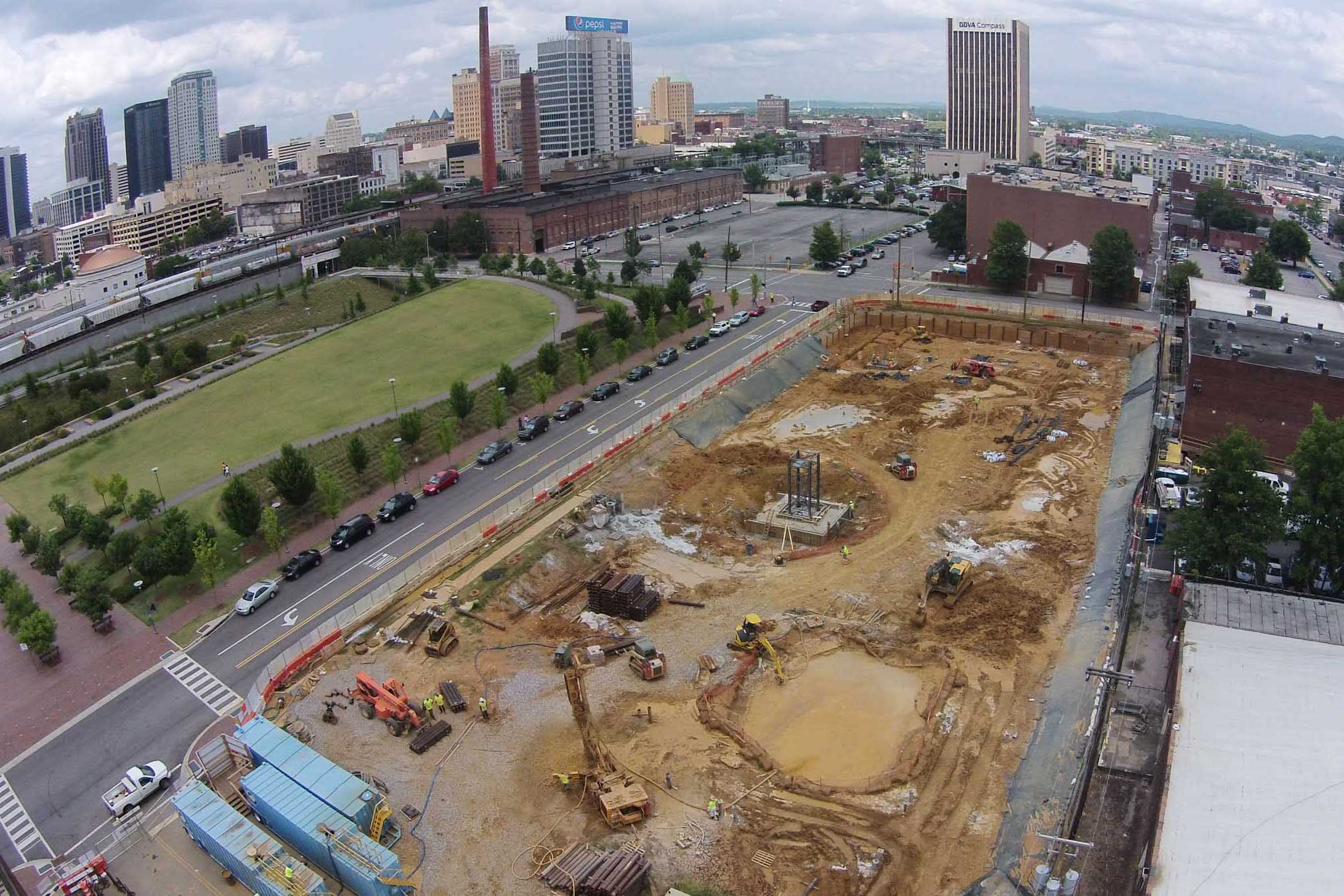
During the summer of 2018, whispers started to emerge from distant corners of the real estate market about a new program called Opportunity Zones – the “best-kept secret” of the Tax Cuts and Jobs Act of 2017. But now, the secret is out. Everyone in commercial real estate is abuzz about the new tax incentive that could sweep more than $100 billion into the marketplace. And with one key incentive being reduced for investors who capitalize funds after 2019, the countdown is on to buy Opportunity Zone-based sites before the end of this year.
Of course, there’s a reason these areas come with tax breaks — conditions that could make your project more challenging. So how can developers take advantage of these opportunity zones and the tax breaks they offer, while ensuring their overall project is still a success? Here are three ways choosing the right contractor can help you select the right property and secure funding before the clock runs out.
Choose Your Contractor Wisely, and Early
Getting a contractor on board early in the process will help developers know how much investment to procure from these OZ funds. To obtain funding, your project needs a solid pro forma built on accurate cost and demands assumptions on product types. It’s critical to have a contractor who can accurately provide construction cost estimates. On our projects, we engage early with the design team and work closely with them to plan the project, so its budget and schedule stay consistent. We identify potential issues and create contingency plans to avoid problems that could negatively impact the project once construction is underway. The result is a budget you can trust, so you can secure the right amount of investment.
Use the Current Trends to Your Benefit
Anecdotally, most new construction within Opportunity Zones is in the hospitality, office, multifamily, and historic adaptive reuse market sectors. We have specifically seen a preference towards large, mixed-use projects in urban areas with seasoned development teams and experienced general contractors in place ready to execute. Choosing a contractor with a proven record of successfully building these types of projects could make your proposal more appealing and a better candidate for funding.
Another potential benefit of developing within an Opportunity Zone is that, due to the additional tax shelter benefits, OZ funds could handle a lower rate of return than a traditional equity investor would typically require. This benefit could help offset the current trend of rising construction costs and cost of debt developers have absorbed in recent years.
Challenges of an OZ Site
The tax break that comes with Opportunity Zones is a good deal, and like all good deals — it comes with a catch. Commercial real estate transaction activity within Opportunity Zones increased by 12.4 percent during 2018. A large portion of those transactions were earmarked for new development (empty lots) or demolition and redevelopment. The majority of OZs are in urban areas, which makes construction more complicated. For example, the demolition of a building in a tight, urban setting could require additional traffic control measures, costly utility relocation, hazardous or other unforeseen conditions, and other factors that could negate some of the cost-saving appeal of the OZ. Partnering with an experienced contractor early during the design phase can help offset these costs. If a contractor has ample experience with these kinds of sites, they can identify the added challenges and create a plan that works with your budget.
In the eyes of an investor, Opportunity Zone incentives do not make a bad deal good — they make a good deal better. We see this program as an opportunity for developers to get a great deal on the kinds of projects we are already building together.

